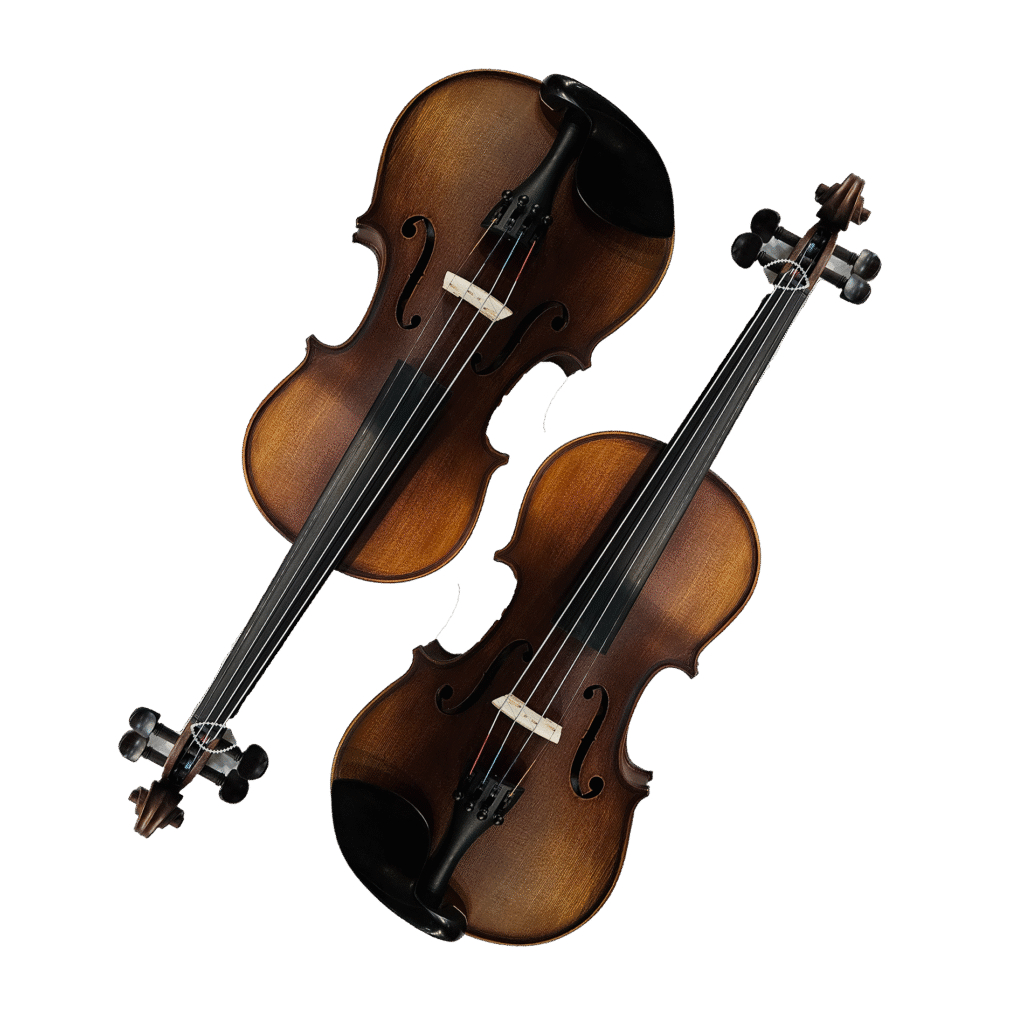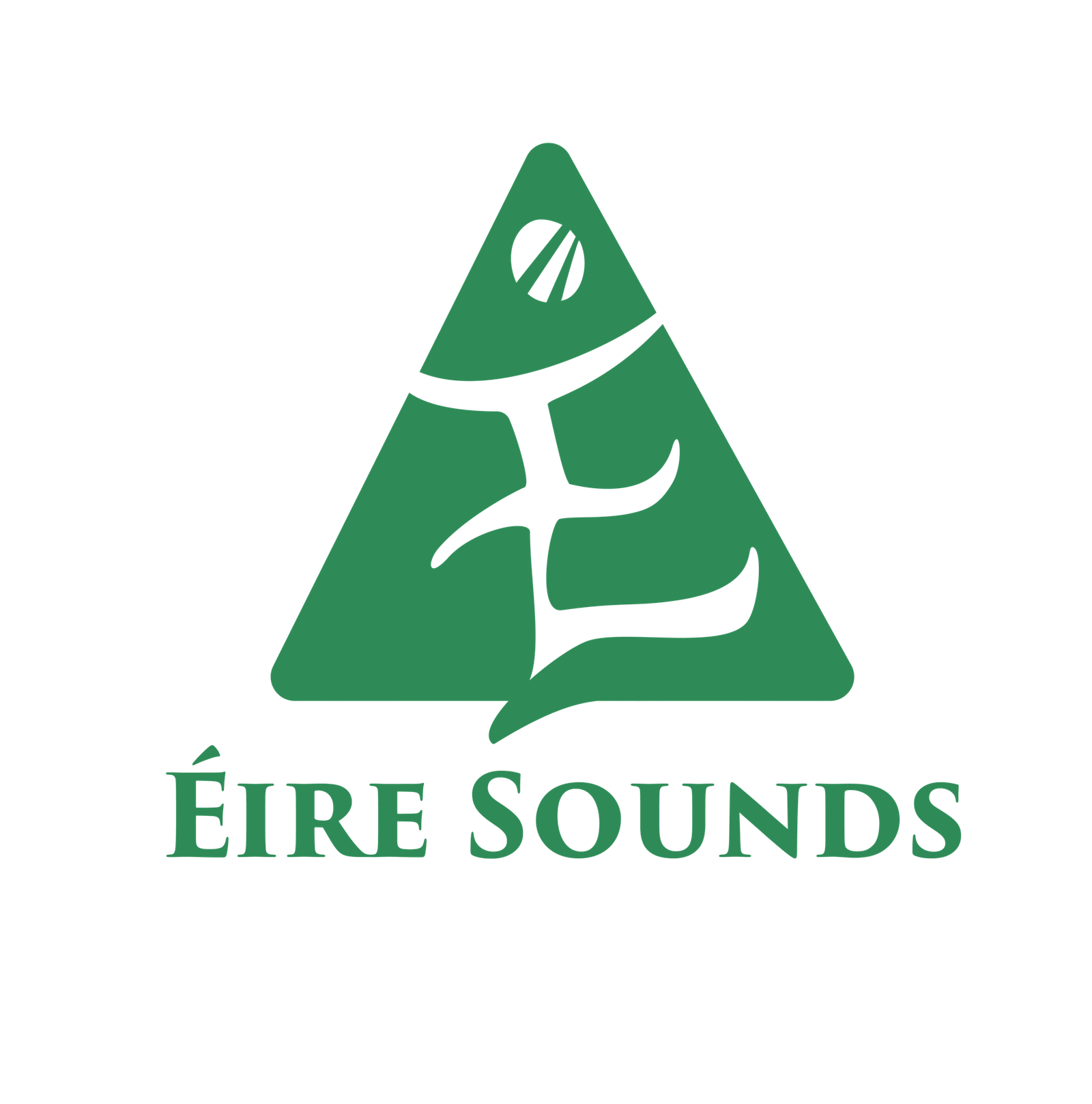- Description & Sound: Identical to the violin, but played with looser bowing, minimal vibrato, and lots of ornamentation to achieve a lively, rhythmic feel (Irish American Mom).
- How it’s played: Held under the chin; bowed; emphasis on rolls, cuts, and triplets to articulate reels, jigs, and airs.
- Usage: A core lead melody instrument across sessions, céilí bands, and traditional ensembles.
- Notable Musicians: Seán Keane of The Chieftains, noted for his ornamented and lyrical style (Wikipedia).
Historical Context
- Origins: The fiddle (essentially a violin played in a traditional style) has been a part of Irish music since at least the 17th century.
- Popularity: By the 18th and 19th centuries, the fiddle became the dominant dance music instrument across Ireland, especially in rural areas.
- Cultural Role: Fiddlers were highly respected in communities, often playing at dances, weddings, and fairs.
- Regional Styles: Distinct styles developed (e.g., the Sligo style is fast and ornamented; the Donegal style is influenced by Scottish music).
Revival: The 20th-century Irish folk revival (1950s–70s) brought renewed attention to traditional fiddling, aided by recordings and groups like The Bothy Band and The Chieftains.

